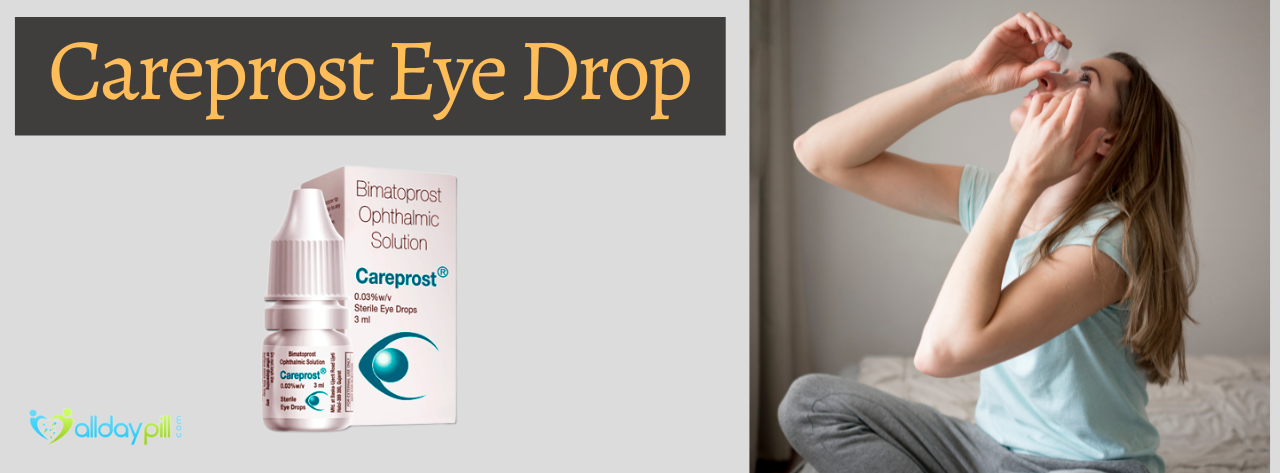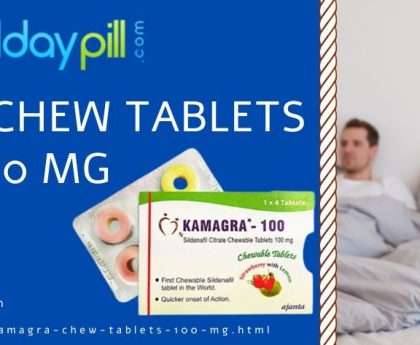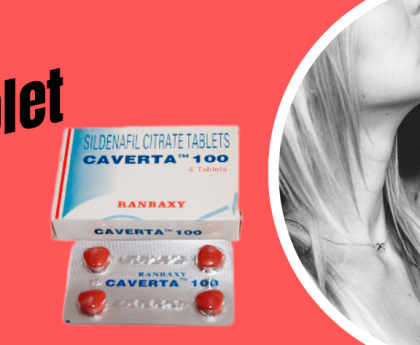Ocular hypertension is a condition in which there are excessive intraocular pressure levels but no outward symptoms of glaucomatous damage. Affected eyes can be either one or both. It is typical to have an intraocular pressure of 11 to 21 millimeters of mercury (mmHg)Trusted Source. Doctors recommend careprost 3ml drops to such patients.
When an individual has intraocular hypertension, it means that:
- There are no clinical glaucoma symptoms, like optic nerve damage or a narrowed field of vision, yet intraocular pressure is continuously higher than 21 mmHg.
- Ocular hypertension can harm the visual nerve, therefore having high eye pressure may make you more susceptible to glaucoma. Ocular hypertension, though, does not always result in glaucoma.
What is glaucoma?
In the disease known as glaucoma, the optic nerve is harmed. The progression of this damage over time has the potential to cause visual loss.
Many glaucoma sufferers have elevated ocular pressure, yet its root cause is unknown. In fact, using medications to reduce intraocular pressure can aid in halting the progression of glaucoma.
Although everybody can have glaucoma, some people are more susceptible to it than others. You could be more vulnerable if you:
- have at least one family member who has had glaucoma
- was about 60
- are Black or Hispanic
- and are older than 40
How can ocular hypertension develop?
The aqueous humor, a liquid, is found in the front of your eye. It helps your eye retain its form by nourishing the tissues in this region.
Your eyes constantly create aqueous humor, which needs to drain. This occurs at the drainage angle, a location in the eye. By keeping the aqueous humor from congealing, this drainage system supports the maintenance of eye pressure.
Aqueous humor starts to build up when it doesn’t drain effectively. Ocular hypertension may result from the increased pressure inside the eye as a result.
How Is Ocular Hypertension Diagnosis Performed?
The pressure inside your eye will be measured by your ophthalmologist. Your eye is anesthetized with eye drops throughout this test. Your doctor measures how well your cornea deflects light pressure using a device known as a tonometer. Your ocular pressure can be determined with this.
Additionally, your ophthalmologist will look for glaucoma. They will assess your peripheral (side) sight and look for any evidence of damage to your optic nerve.
Treatment for Ocular Hypertension
Before it impairs vision or harms the optic nerve, high eye pressure must be reduced.
Your ophthalmologist might decide against initiating immediate treatment if your eye pressure is only mildly increased. Instead, he or she will perform routine tests to monitor hypertension.
To decrease your intraocular pressure, your ophthalmologist could decide that you must have eye drops. Within a few weeks of beginning the medication, they will set up a visit to determine how it is functioning.
Your ophthalmologist may occasionally recommend multiple medications. For the drops to effect, you must strictly adhere to the instructions. To decrease eye pressure, a laser or surgery may be utilized occasionally.
The risk of glaucoma is reduced but not completely by treatment. Ocular hypertension sufferers occasionally go on to acquire glaucoma. Your ophthalmologist will discuss your treatment choices with you if that occurs.
Remember to ask any questions you may have. Your ophthalmologist is dedicated to keeping you from losing your vision.
Careprost Eye Drop for the Treatment of Intraocular Hypertension
Both adults and children can take Careprost Eye Drops online, which can be used alone or in conjunction with other eye medications to lower pressure. To receive the best benefit from this medication, use it regularly as directed by your doctor. If you quit using it, ocular pressure can rise and harm your vision. If the seal on a bottle is broken when you want it for the first time, never use it. If you wear contact lenses, ensure that you take them out and wait a minimum of 15 minutes prior to replacing them.
The most frequent negative effects of this medication are itchy eyes and conjunctival hyperemia. Consult your doctor if any negative effects occur. They might be able to advise you on how to lessen or avoid specific side effects or propose an alternative course of action. Do not drive till your eyesight is clear if you experience temporary blurred vision or other abnormalities in your vision. Typically, this is a temporary side effect.





